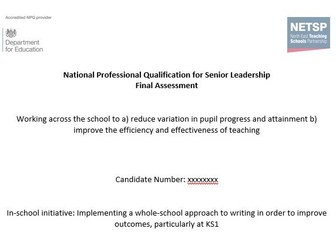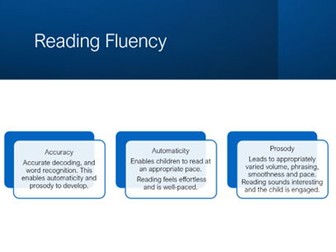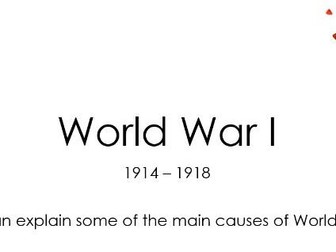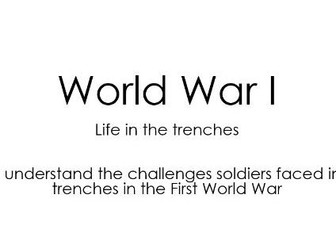NPQSL project submission and supporting docs (2020 NETSP, full marks awarded)
My NPQSL project, plus all supporting documents, including business case, risk management register, communications plan, data.
My project was relating to writing across school (primary), with a focus on KS1. However, this example should be useful to anyone undertaking the NPQSL, in terms of how to go about writing up your project.
My project passed, with a score of 28/28.
Some details redacted to protect anonymity of school.



